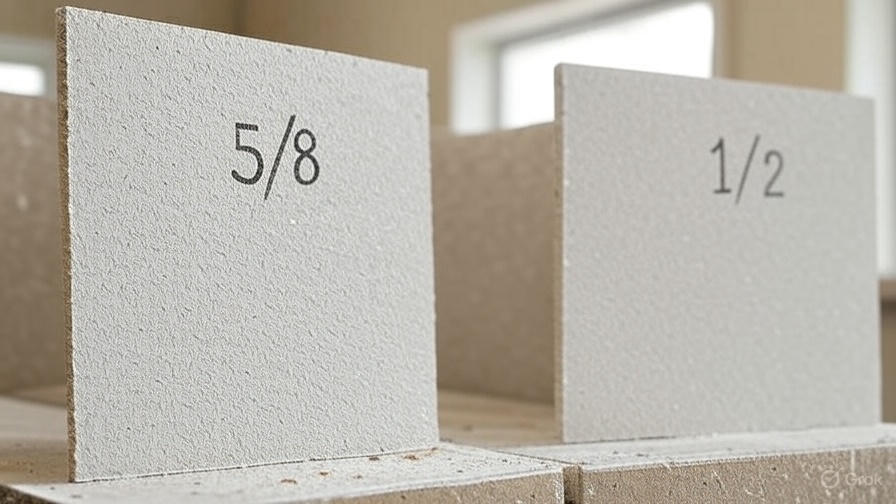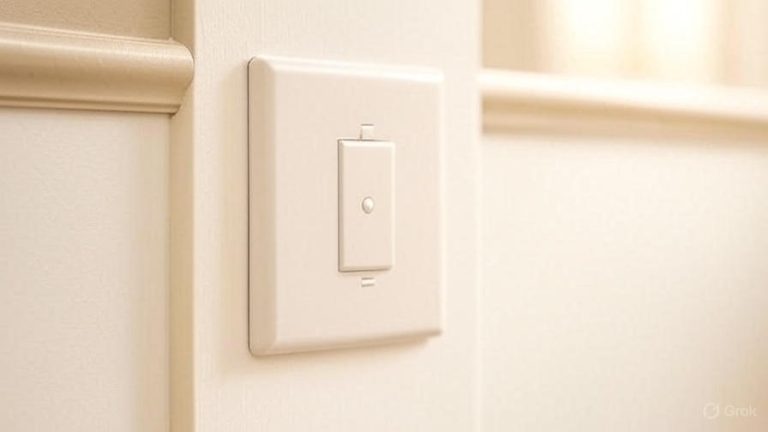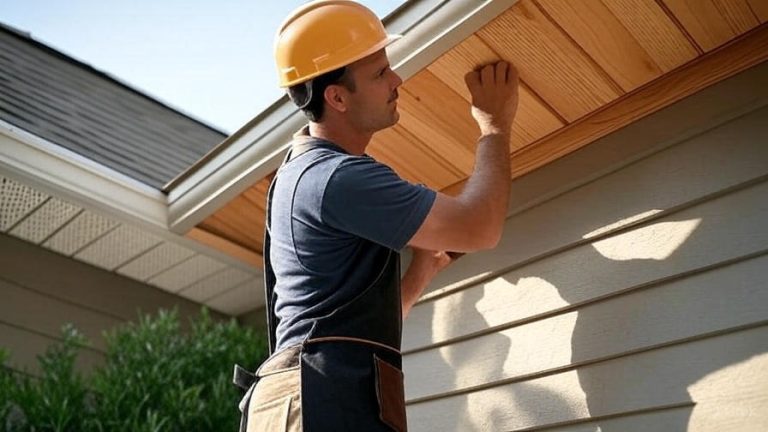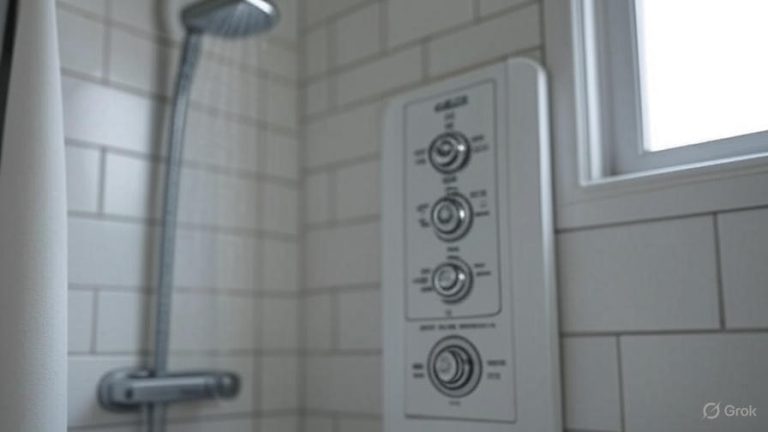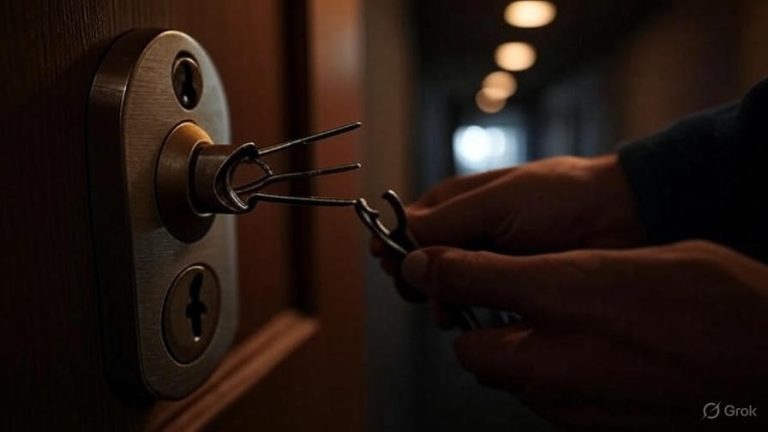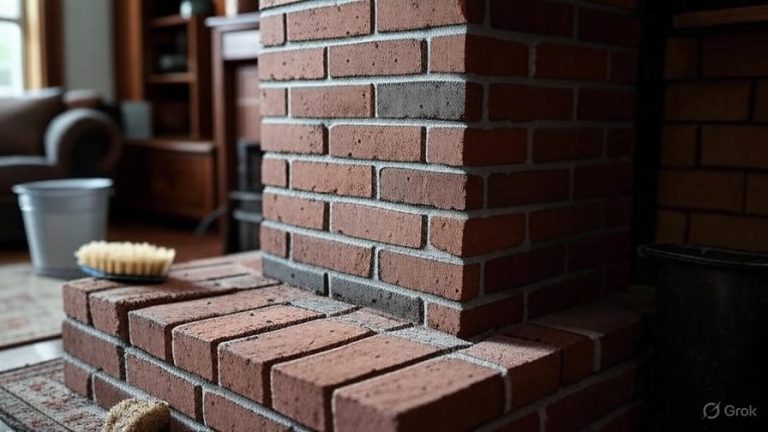5/8 vs 1/2 Drywall Performance
Drywall thickness plays a crucial role in construction projects, yet many builders and homeowners struggle with the decision between 5/8-inch and 1/2-inch options. This comprehensive comparison examines the performance differences between these two popular drywall thicknesses, helping you make an informed decision for your next project.
The Basics: What Makes These Drywall Thicknesses Different
Standard drywall comes in several thickness options, with 1/2-inch and 5/8-inch being the most commonly used in residential and commercial construction. The primary difference lies in the amount of gypsum core material between the paper faces. This seemingly small variation in thickness creates significant differences in performance characteristics.
Half-inch drywall weighs approximately 1.6 pounds per square foot, while 5/8-inch drywall weighs around 2.2 pounds per square foot. This weight difference impacts installation methods, structural considerations, and overall project costs. The thicker option contains more gypsum, which affects fire resistance, sound dampening, and structural integrity.
Both types feature the same paper facing and manufacturing process. The gypsum core provides fire resistance and structural strength, while the paper faces allow for finishing with joint compound and paint. The increased thickness in 5/8-inch panels enhances these properties significantly.
Fire Resistance: A Critical Safety Comparison
Fire resistance represents one of the most significant performance differences between these drywall thicknesses. Building codes often specify minimum fire ratings for different applications, making this a crucial consideration for any project.
Half-inch drywall typically provides a 30-minute fire rating when properly installed. This rating means the drywall can withstand fire exposure for 30 minutes before structural failure occurs. For many residential applications, this rating meets code requirements and provides adequate protection.
In contrast, 5/8-inch drywall delivers a superior 60-minute fire rating. This enhanced protection comes from the additional gypsum content, which contains chemically bound water that releases as steam when exposed to heat. The steam helps cool the surrounding area and slows fire spread.
Building codes frequently require 60-minute fire ratings for specific applications. Garages attached to living spaces, utility rooms with gas appliances, and certain commercial applications mandate the higher fire resistance. The thicker drywall automatically meets these stricter requirements without additional fire-retardant treatments.
The fire performance difference becomes particularly important in multi-family housing, commercial buildings, and areas where occupant safety is paramount. The extra 30 minutes of protection can provide crucial evacuation time during emergencies.
Sound Control Performance Analysis
Acoustic performance varies significantly between these two drywall thicknesses. Sound transmission class (STC) ratings measure how effectively building materials block sound transmission, with higher numbers indicating better performance.
Standard 1/2-inch drywall installed on wood studs typically achieves an STC rating of 34-36. This performance level works adequately for basic sound control in bedrooms, living areas, and standard interior partitions. However, it may not provide sufficient noise reduction for demanding applications.
The 5/8-inch option delivers noticeably improved acoustic performance, achieving STC ratings of 39-42 in similar installations. This improvement stems from the increased mass, which helps block sound transmission more effectively. The additional gypsum content provides better density, reducing vibrations that carry sound through walls.
For music rooms, home theaters, bedrooms adjacent to noisy areas, or commercial applications requiring sound privacy, the thicker drywall offers clear advantages. The improvement in sound blocking can reduce noise complaints and create more comfortable living or working environments.
Professional recording studios and high-end residential projects often specify 5/8-inch drywall specifically for its acoustic benefits. When combined with proper insulation and construction techniques, it creates effective sound barriers.
Structural Strength and Durability Differences
Structural performance varies considerably between these drywall options. The additional thickness in 5/8-inch panels translates to increased resistance to impact, sagging, and general wear.
Half-inch drywall performs adequately for standard residential applications when properly supported. It resists minor impacts and normal household wear effectively. However, it can be more susceptible to damage from furniture impacts, door swings, and heavy wall-mounted items.
The thicker option provides superior impact resistance due to its increased mass and gypsum content. It better withstands accidental impacts, reduces the likelihood of nail pops, and maintains flat surfaces over time. This durability proves particularly valuable in high-traffic areas, commercial settings, and homes with active families.
Ceiling applications highlight the structural differences most clearly. Half-inch drywall requires closer joist spacing (typically 16 inches on center) to prevent sagging over time. The 5/8-inch option can span 24 inches on center without sagging issues, providing installation flexibility and potentially reducing framing costs.
For heavy ceiling fixtures, textured finishes, or areas prone to moisture exposure, the additional strength of 5/8-inch drywall provides long-term performance benefits. It maintains its shape better under load and resists cracking from building movement.
Installation Considerations and Labor Impact
Installation differences between these drywall types affect project timelines, labor costs, and construction methods. The weight difference creates the most significant installation challenge, as 5/8-inch sheets are approximately 40% heavier than 1/2-inch panels.
Professional installers can handle both thicknesses effectively, but the heavier sheets require more careful handling and may increase installation time. Ceiling installations become particularly challenging with the thicker material, often requiring additional workers or mechanical lifting equipment.
The weight difference also impacts fastening requirements. Thicker drywall requires longer screws or nails to achieve proper penetration into framing members. Standard 1-1/4 inch fasteners work for 1/2-inch drywall, while 5/8-inch requires 1-5/8 inch fasteners minimum.
Cutting and fitting present additional challenges with thicker drywall. The increased material density requires sharper utility knives and more cutting passes. Professional installers often prefer specialized tools for consistent, clean cuts in 5/8-inch material.
Despite these challenges, experienced installers can work efficiently with either thickness. The key lies in proper planning, appropriate tools, and adequate crew size for handling the heavier panels safely.
Cost Analysis: Initial Investment vs Long-Term Value
Material costs represent the most obvious difference between these drywall options. Standard 5/8-inch drywall typically costs 15-25% more than equivalent 1/2-inch panels. This price difference stems from the additional raw materials and manufacturing complexity.
A typical 1,500 square foot home might see material cost differences of $150-300 between the two options. While not insignificant, this represents a relatively small portion of total construction costs when considering the performance benefits.
Labor costs may increase slightly with thicker drywall due to handling challenges and longer fasteners. However, experienced crews can minimize these differences through proper planning and equipment. The labor impact usually adds less than 10% to drywall installation costs.
Long-term value considerations often favor the thicker option. Enhanced fire protection can reduce insurance premiums in some markets. Better sound control improves quality of life and property values. Superior durability reduces maintenance and repair costs over time.
For commercial applications, code compliance issues may eliminate cost considerations entirely. Many commercial buildings require the fire rating that only 5/8-inch drywall provides, making it the only viable option regardless of cost.
Code Compliance and Building Requirements
Building codes significantly influence drywall thickness selection. International Residential Code (IRC) and International Building Code (IBC) specify minimum requirements for different applications, often mandating specific fire ratings.
Residential garages attached to living spaces commonly require 5/8-inch drywall on surfaces separating the garage from inhabited areas. This requirement aims to provide adequate fire protection should vehicle fires or stored chemicals ignite.
Commercial applications frequently mandate 60-minute fire ratings for corridor walls, stairwells, and fire separations between occupancies. These requirements typically necessitate 5/8-inch drywall or equivalent fire-rated assemblies.
Mechanical rooms housing gas appliances, electrical panels, or HVAC equipment may require enhanced fire protection. Local codes vary, but many jurisdictions specify thicker drywall for these applications.
Before starting any project, consult local building officials and review applicable codes. Code violations can result in costly corrections, delayed inspections, and potential safety hazards.
Application-Specific Performance Recommendations
Different construction applications benefit from specific drywall thicknesses based on performance requirements. Standard bedrooms and living areas typically perform well with 1/2-inch drywall when code permits. The material provides adequate fire protection, reasonable sound control, and cost-effective installation.
Bathrooms and kitchens may benefit from thicker drywall due to moisture considerations and cabinet mounting requirements. The additional strength helps support heavy wall-mounted fixtures and resists damage from humidity and temperature changes.
Home theaters and music rooms almost always justify 5/8-inch drywall for acoustic performance. The improved sound blocking enhances the entertainment experience and reduces noise transmission to adjacent rooms.
Commercial applications often require thicker drywall for code compliance, durability, and professional appearance. High-traffic areas particularly benefit from the impact resistance and long-term performance of 5/8-inch material.
Ceiling applications frequently favor thicker drywall for structural reasons. The reduced sagging and improved fastener holding power create flatter, more durable ceiling surfaces.
Finishing and Texture Compatibility
Both drywall thicknesses accept standard finishing techniques effectively. Joint compound, tape, and paint systems work identically on either surface. However, the thicker material may provide slight advantages for certain applications.
Heavy texture applications, such as knockdown or orange peel finishes, may perform better on 5/8-inch drywall. The additional strength helps support the texture weight and reduces cracking from building movement.
Smooth finish applications work well on either thickness, though the flatter surface of quality 5/8-inch installation may provide superior results. The reduced sagging and better fastener holding help maintain smooth surfaces over time.
Wallpaper and fabric wall covering installations may benefit from the smoother, more stable surface that thicker drywall provides. The reduced telegraph of imperfections creates better finished appearances.
Venetian plaster and other premium wall finishes often specify 5/8-inch drywall as a substrate. The additional stability and smooth surface support these demanding finish applications effectively.
Environmental and Energy Considerations
Thermal performance differences between drywall thicknesses are minimal but measurable. The additional gypsum content in 5/8-inch panels provides slightly higher thermal mass, which can help moderate temperature swings in well-insulated buildings.
Manufacturing energy requirements are higher for thicker drywall due to additional raw materials and processing time. However, the longevity and reduced replacement frequency may offset this initial environmental impact over the building’s lifetime.
Recycled content varies by manufacturer, but both thicknesses typically contain similar percentages of recycled materials. The gypsum core often includes recycled content from manufacturing waste and reclaimed drywall.
Indoor air quality impacts remain similar between the two options, as both use identical paper facing and gypsum core formulations. Low-VOC and mold-resistant options are available in both thicknesses.
Disposal considerations may slightly favor thinner drywall due to reduced waste volume, though both types are recyclable in many markets. The weight difference affects transportation costs for disposal but rarely influences material selection decisions.
Professional Installation Tips and Best Practices
Professional installers employ specific techniques to maximize performance with each drywall thickness. Proper fastener selection ensures adequate holding power without over-driving screws into the gypsum core.
Stud spacing becomes more critical with 1/2-inch drywall, particularly for ceiling applications. Maintaining 16-inch centers prevents sagging and ensures long-term performance. The 5/8-inch option tolerates 24-inch spacing in most applications.
Moisture control during installation affects both thicknesses similarly. Maintaining proper temperature and humidity prevents joint compound issues and ensures proper curing.
Quality control measures include checking for proper fastener penetration, adequate joint compound coverage, and smooth surface preparation. These factors affect performance regardless of drywall thickness.
Storage and handling procedures become more important with heavier 5/8-inch panels. Proper stacking, protection from moisture, and careful lifting prevent damage and worker injury.
Making the Final Decision: Performance vs Budget
The choice between 5/8-inch and 1/2-inch drywall ultimately depends on balancing performance requirements against budget constraints. Code requirements may dictate the decision in many cases, eliminating choice and ensuring adequate safety protection.
For discretionary applications, consider the long-term value of enhanced performance against the modest additional cost. In most residential projects, the material cost difference represents less than 1% of total construction costs.
Performance priorities help guide the decision process. Projects emphasizing fire safety, sound control, or durability benefit from thicker drywall. Cost-sensitive applications with basic performance requirements may work well with standard thickness.
Professional consultation can provide valuable insights for specific projects. Architects, contractors, and building officials can help evaluate code requirements, performance needs, and cost implications for individual situations.
The investment in superior drywall performance often pays dividends through improved safety, comfort, and long-term durability. Consider the total cost of ownership rather than focusing solely on initial material costs when making this important construction decision.
Both 5/8-inch and 1/2-inch drywall serve important roles in construction. By understanding their performance characteristics, installation requirements, and cost implications, you can make informed decisions that optimize your project’s success. The right choice depends on your specific requirements, budget, and long-term performance expectations.

